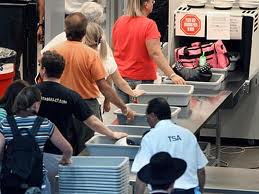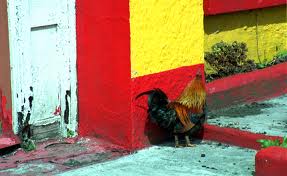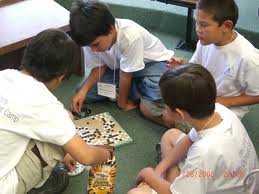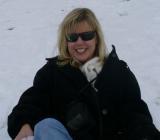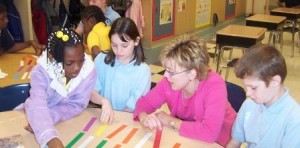“For some reason, when you become a support to others, you become bigger than you are.” -Susan Jeffers, from “Feel the Fear…and Do It Anyway”
This morning was spent filming parts of the new Tabor Rotation DVD Training Series. My cinematographer, Chris Shepherd [http://www.christophershepherd.net/], is amazingly creative and dedicated to making this an incredibly informative AND entertaining film. After spending several hours recording the intros and voice overs for the 14 Essential Elements of the Tabor Rotation Framework and a week’s worth of planning, I needed a break.
I headed over to a local restaurant for chips, salsa, and tortilla soup. Being after the lunch rush, the server spent more time making conversation. I was reviewing notes from the day and he asked me what I was doing. I gave him a brief explanation of my mission to help change the way we teach and learn mathematics in schools. I also told him about the schools who were currently doing their best to improve their strategies for using small-group, differentiated instruction in the classroom. He really enjoyed the analogy of math (a combination of declarative and procedural knowledge) and playing basketball (also a combination of declarative and procedural knowledge). He also agreed that the math teacher’s attitude toward and belief in the students is like a coach’s attitude and belief in her athletes–it’s the difference between mediocrity and greatness!
Five minutes after our conversation he came back with an “aha” look on his face. He said he hadn’t been able to quit thinking about the fact that what I was trying to help teachers do is what was happening to him in the restaurant business. He told me that he began working for one restaurant. The owners were more laid back and were extremely positive with their waitstaff. When training new servers they partnered them with a veteran to help them learn the correct procedures. The manager taught them how to learn the specials of the day, how to explain the menu, and how to give that “something extra” which would make the customer want to come back. He also said he felt appreciated at his first job…like he made a difference in people’s lives.
Because he had been trained so well, three weeks into his new job he was offered a job as a server at another restaurant. The person who offered him the job was a manager of another restaurant. He was eating at the first and was so pleased with the service that he offered the server a job.
Here’s where the server made the small-group instruction connection…his second job is frustrating, unrewarding, and sometimes extremely difficult. He said his training was brief and he didn’t receive the type of individualized instruction he needed. He said he had to learn a full menu with over 300 items and at least 10 specials every day. No one complimented him for his hard work. No one gave him any bit of attention or additional instruction. He said he needed both jobs, but only one inspired him to work harder and learn more.
“It’s like what you’re trying to help schools do. What works in a school would work in a restaurant.”
Now that is a tasty serving of small-group instruction! I’ll be back next week for another!
“When you’re chewing on life’s gristle
Don’t grumble, give a whistle
And this’ll help things turn out for the best…
And…always look on the bright side of life…
Always look on the light side of life.”
– from Monty Python’s “Life of Brian”



